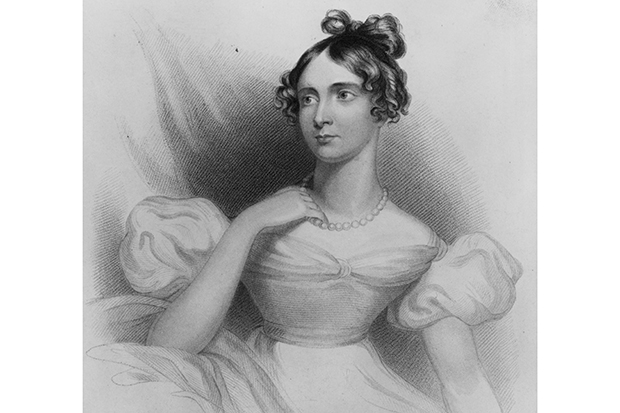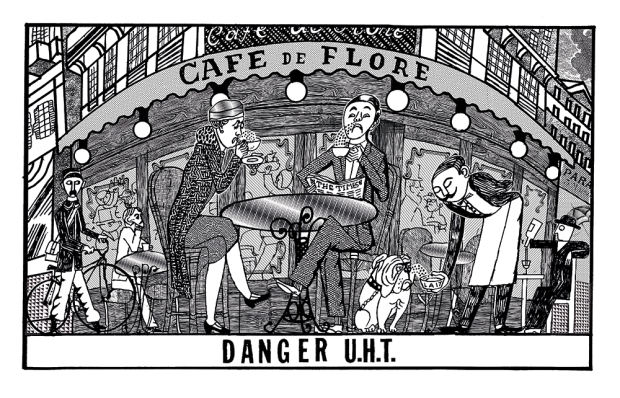I’m standing in milady’s boudoir, a room which would have delighted Liberace. Here, nothing is de trop and everything is geared towards lavish indulgence. Two enormous freestanding baths face the window, giving exhibitionists a heaven-sent opportunity to disport in the altogether. The upstairs bed could comfortably accommodate four adults. Portraits of Ada Lovelace — who has given her name to the suite — festoon the staircase, and a half bottle of Taittinger champagne begs ‘Drink me’ in an ice bucket. It’s somewhat strange to think that amid this bling lies a sad and brutal history.
The small coastal town of Seaham in County Durham, contains the house in which Lord Byron contracted the 19th century’s most bizarre marriage. Seaham Hall was the home of Annabella Milbanke, an heiress, whom Byron proposed to almost on a whim; he saw her as the answer to his financial woes. He was also engaged in a torrid affair with his half-sister Augusta.
After he was accepted, Byron immediately regretted it. They eschewed a grand society wedding, instead marrying quietly at Seaham Hall. Byron’s friend, the politician and writer John Cam Hobhouse, accompanied him there and said of the poet’s progress that ‘never was lover less in haste’. The wedding itself, on 2 January 1815, was a miserable occasion, and the marriage did not last. The so-called ‘Romantic poet’ proved to be the least loving of husbands, and the scandal and horror that ensued when some of his behaviour became public drove him into exile the following year.
Two centuries later, Seaham Hall is one of the north-east’s most beloved hotels. It has a flamboyance and cheerily overstated attitude that Byron, himself a sartorial peacock, would undoubtedly have loved. The entrance hall is sober enough, if you ignore the enormous stained glass ceiling. But elsewhere are delights designed to both startle and stimulate. Enormous champagne bottles festoon the place, and a games room (the ‘Taittinger Sports Lounge’) has vast pool tables and table football, although the omnipresent booze might impair even the best sportsman’s prowess.
The ‘Serenity Spa’ is reached via an underground passage that could have come from a Bond film, and one trots out feeling sleek and shiny. There is a bewildering assortment of places to relax: the ‘Zen Lounge’ and, indeed, the enormous beds.
The main restaurant — called Byron’s, of course — is very good in a Michelin–baiting way. The head chef, Ross Stovold, knows what he’s doing, and all the dishes in the seven-course tasting menu are well matched with decent-sized glasses of fine wine.
I had heard that the hotel was haunted, and half-hoped to be visited by a Byronic ghost – a biographer’s dream, or perhaps nightmare – but the only spirit I was visited by was a postprandial cognac in the bar.
Seaham Hall might not be to everyone’s taste. It’s brash and it’s big. But, just like Byron, it’s enormous fun, and a stay here feels like a brief diversion into another world. Mad? Undoubtedly. Bad? Anything but. And dangerous to know? Never.
Got something to add? Join the discussion and comment below.
Get 10 issues for just $10
Subscribe to The Spectator Australia today for the next 10 magazine issues, plus full online access, for just $10.
You might disagree with half of it, but you’ll enjoy reading all of it. Try your first month for free, then just $2 a week for the remainder of your first year.














Comments
Don't miss out
Join the conversation with other Spectator Australia readers. Subscribe to leave a comment.
SUBSCRIBEAlready a subscriber? Log in